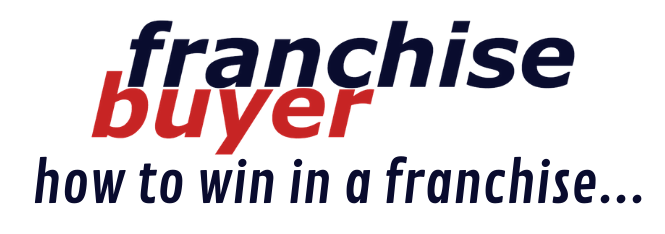July 12, 2016
Your Retail Lease is Like a Marriage
Recently, while discussing the virtues of strategic and proactive lease management, along the way I must have lost my audience. No, they did not disappear. My message was just not being understood.
The key question
In the audience was a very well respected pharmacy owner who asked, “… This strategic lease administration stuff, I just don’t get it. Why is it necessary? The Landlords have managers that do all that stuff …”
This question explains the leverage Landlords have successfully developed but, more importantly, the need for more education. Your Retail Lease is perhaps one of the most complex contracts. Without noticing it, retail businesses rely upon their lease as the foundation for the success or failure of the business and, in essence, the actual value of same.
Although the principles of rent in exchange for rights over land has been around since B.C., specific Retail Lease legislation is only 20 years old. In this short period of time, Landlords have become more sophisticated,resulting in retail property delivering consistently stronger returns than any other sector. “To think, the legislation was originally introduced to level the playing field?” As retail property investments become more complex, so too has the focus on Retail Leases.
The technology, information and leverage gap between Landlord and Retailer has widened even further.

Leases work much like marriages
Landlords invest heavily in the strategic and financial management of their lease portfolio quite separately from the management of the property, the bricks and mortar (which incidentally you pay for as rent). The stark reality is that Retailers invest virtually nothing in comparison — “Keeping the ‘LORD’ in the word Landlord.” To make things more relatable, leases work much like marriages — the processes of first entering into it and hopefully renewing whilst influencing the outcomes along the way.
At first, the couple meet and commence courting. They get to know each other better and start to understand what each wants from the other and hopefully decide to formalise the relationship. Although there is much excitement about what the new relationship can bring, soon the honeymoon is over and the reality sinks in that, like any relationship, it will have its ups and downs.
Hopefully, you manage to understand the need to work together. With time marching on, the couple realise that all good things must come to an end, as the relationship is not quite as they once imagined. In this marriage (your lease), however, only one in this relationship knows what they get at the end, while the other must be prepared to enter the courtship again if they are to remain in the relationship and avoid a messy and often always one-sided divorce. To make things mutually beneficial, this is where proper lease management pays dividends in ensuring the marriage continues well past the initial term.
“Every lease has, within it, contractual and operational events, not to mention essential clauses that are critical to your rights, ongoing operation and the future of your retail business. Not understanding how a lease needs to be managed, the strategic steps to be put in place, evaluating and influencing commercial outcomes, can only lead to a painful and one sided relationship.”
Your lease should be an asset
Strategic and proactive lease management and administration requires the constant review and evaluation of the performance of the real estate for the business instead of the business performing for the real estate. “After all, you want a lease that is an asset, not an anchor.”
Treating the lease and the Landlord as part of the supply chain is a fundamental change needed in the Retailers/Lessees mindset.
Some of the areas of influence that are mandatory to strategically managing your lease:
- The Critical Path — Mapping the timelines and events with the lease and planning the lead times and resources required at each event to influence outcomes.
- Benchmarking and Key Performance Indicators(KPIs) — Regularly reviewing and comparing against industry norms and reacting in a timely manner to align occupancy costs and real estate outcomes.
- Procedures to Deal with Notices and Day-to-Day Operational Issues — Designating who deals with these when you are not available.
- Relationship Management — Keeping the communication professional and two-way.
These are just some of the basic tenets of lease management, which less than 1% Lessees actually do let alone understand. With the distinct changes in the past 10 years when it comes to the chain of command and communication within Landlord operations, the result is the separation of roles between property management (the bricks and mortar) and leasing or lease management.
It has come to a point where Landlords have created the difference in the roles to divide and conquer. One with the role of influencing relationships and another to influence commercial leasing outcomes, widening the leverage gap even further in the marriage between Landlord and Lessee.
















